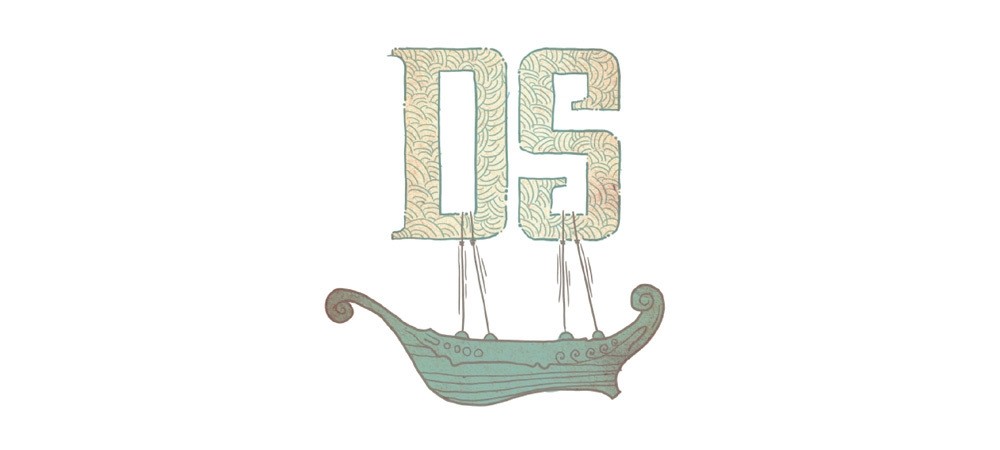When it comes to reading the daily news, it is natural for all of us to have personal preferences and favorites when it comes to a reader's choice of newspaper. Our preferences become more specific when it comes to the content of these newspapers. While some of us focus solely on politics, others choose their newspapers based on preferred columnists or opinions. Day to day news was a favorite of the past since breaking news are usually consumed via news websites of the newspapers due to their speed. Sports are another popular choice and Sunday mornings the sports page of favorite newspapers is hogged by the fathers of family homes in a cliché yet common example. Last but not least, art and culture pages and the occasional newspaper supplements attract readers. Today, let us look at art journalism and its Daily Sabah counterpart.Art journalism is defined by its coverage area; namely, the visual arts such as movies and theater or literature, music, and architecture. While some journalism departments offer corresponding courses for those inclined toward this field, those who occupy this position in the media are more varied than that. It is not unusual to find art majors working for local newspapers to cover art stories. Or, in the case of publications such as magazines or newspaper supplements that are devoted entirely to art, we see artists themselves contributing to the content in order to give readers a peek at the related art society whether it is the world of authors or singers.Daily Sabah has been attributing a page for this purpose since its first publication. The Culture & Arts page is dedicated solely to this subject, while the weekend edition devotes two full pages to the subject. In addition to the Culture & Arts page, it is a usual occurrence to see stories of similar nature on the back page along with the Feature and, sometimes, Lifestyle pages. Our Culture & Arts editors Zeynep Esra Koca and Miraç Geyik have been instrumental in constructing these pages and following a consistent layout featuring news stories, promotional pieces and event calendars to offer our foreign readers the "lay of the land" on the international scene along with information about art and cultural events in Turkey. This avenue has been a symbiotic one, considering it allows the newspaper to keep its content while giving local artists an outlet through which they can attract the interest of international aficionados.Daily Sabah's approach to the culture and art events doesn't end with coverage, as we recently saw with the 53rd International Antalya Film Festival kicking off last week with a terrific ceremony. Turkuvaz Media Group was among the sponsors along with Sabah daily, Takvim daily and Daily Sabah newspapers.The media and art world has always maintained a symbiotic relationship as newspapers benefit from the content and reader interest in the subject while artists, singers, actors and actresses managed to promote their works while maintaining the spotlight that is necessary for continued popularity. Up-and-coming artists also greatly benefit from the media coverage for obvious reasons. We hope that Daily Sabah's close relations with the Antalya Film Festival will also spark the reader's interest and increase the popularity of our Culture & Arts pages while we continue to cover relevant stories on the subject.
Bloopers aren't bloopers when it comes to fact-checkingFor the daily viewer, it's always very amusing when live TV coverage captures simple mistakes made on air, whether it is a studio failure or a common slip of the tongue. So much so that this form of slip-up has its own show: News Bloopers. When it comes to written media such as newspapers, the number of similar mistakes falls considerably, yet it is not nonexistent. One such mistake was made in Daily Sabah recently.
Last week, Daily Sabah's Oct. 21 Friday issue had a news article on the back page titled "First major US Quran exhibition set to open." Let us look at the first sentence of the said article:"Turkish Qurans, dating back 47 centuries, will be presented Saturday at the first major Quran exhibition at the Smithsonian Institution."
Our attentive readers have probably caught the mistake already but for those who have a lot on their mind, let's give you a clue. The factual mistakes in newspapers usually stem from dates, numbers or names. Considering the birth of Islam or the first revelation, which is also the first revealed sentence of the Quran, was in the year 610, it seems a bit far-fetched to find a Quran dating back 47 centuries - in other words - 4,700 years.After several readers pointed out the mistake, we notified our web team for correction. Let this be a correction for the printed version as well.
While in this case the mistake seems innocent enough, our editors should be careful, as such mistakes, if made in the future, may not be so innocent. A mistake written in the form of a name with regard to a sensitive news story may result in infinite problems for the person who is wrongfully named, as past cases have shown. We must pay meticulous attention to names, dates and figures as they are the foundations of the news story and closely related to the 5W1H principles of every news story. Even if we cannot check the entire story with an equal amount of attention, fact-checking these three important and easily mistyped subjects will go a long way in the quest for providing accurate and factual news coverage.

